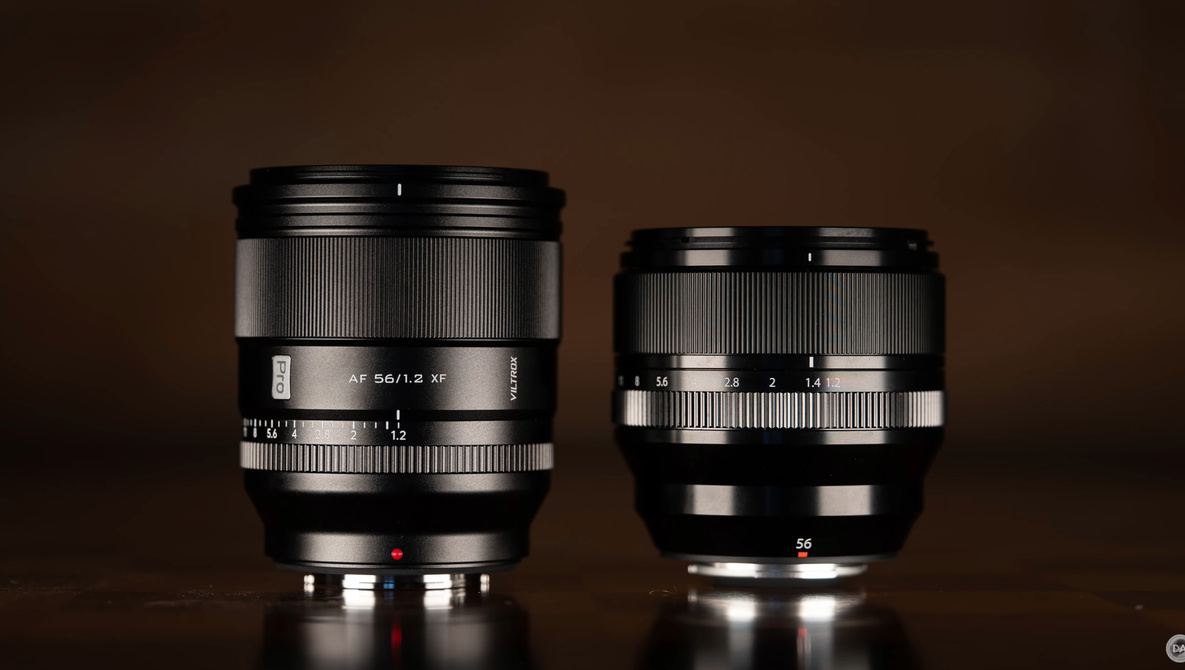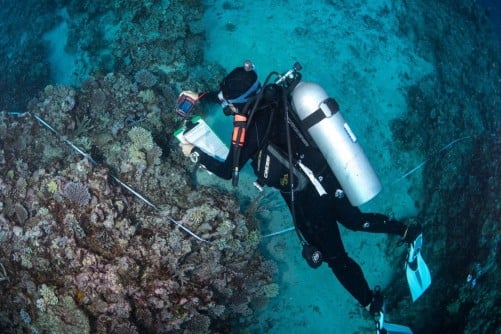URGENT UPDATE: The highly anticipated lens comparison between the Viltrox AF 56mm f/1.2 Pro XF and the Fujifilm XF 56mm f/1.2 R WR is here, and it’s generating buzz among portrait photographers! Just released, this detailed analysis reveals crucial differences that could impact your photography TODAY.
In a side-by-side showdown, photographer Abbott tests both lenses under identical conditions, emphasizing how their focus, sharpness, and bokeh affect your final images. With portrait photography’s success hinging on these elements, the findings are significant for any serious shooter.
The video, now available for viewing, highlights critical aspects such as autofocus performance, lens handling, and optical quality. Abbott zooms in on microcontrast and bokeh shape, allowing viewers to visually grasp the differences rather than just reading specifications. This is especially vital for those capturing fleeting moments where precision is key.
Both lenses boast impressive center sharpness at wide-open f/1.2, but subtle distinctions emerge. For instance, Viltrox offers a newer autofocus drive that is notably smoother and quieter, enhancing manual focus accuracy when aiming for critical spots, like a single eyelash. Meanwhile, Fujifilm’s lens employs a unique AF logic that sometimes achieves final lock slightly faster, although initial movements may lag.
“If you rely on manual focus pulls or subtle recomposes, the Viltrox’s linear feel is easier to live with in tight depth of field work,” Abbott noted in the video.
In terms of video performance, both lenses exhibit some wobble, but the Fujifilm seems to provide a steadier look when locked, making it a potentially better choice for videographers. This is crucial in a fast-paced shooting environment where stability matters greatly.
When examining bokeh quality, the Fujifilm lens performs slightly better at f/2, delivering cleaner edge highlights. In contrast, the Viltrox can show minor clipping until stopped down further. However, overall color accuracy and global contrast between the two are remarkably similar, making it a challenge to distinguish between images taken with either lens.
One of the standout features of this comparison is the practical implications of each lens. The Fujifilm lens is more compact and lightweight, which is advantageous for photographers seeking a balanced kit, especially when paired with smaller camera bodies. On the other hand, the Viltrox presents a compelling value proposition at a significantly lower price, offering pro features like weather-sealing and an impressive build quality.
Investing in the Viltrox 56mm could also be a smart choice for those building a fast-prime set, as Abbott points out that it can be combined with another lens for about the same price as the Fujifilm alone. This versatile pairing is ideal for achieving both environmental and tight portrait shots effectively.
This lens comparison is vital for photographers aiming to enhance their craft. With the latest developments in lens technology and performance being revealed, the decision between the Viltrox and Fujifilm could significantly influence your photography results. Check out the full video analysis for an in-depth look at how these two heavyweights stack up!
Follow the link to the video above for the complete breakdown by Abbott, and stay tuned for more updates on photography gear that could elevate your shooting experience!
Alex Cooke, a Cleveland-based photographer and meteorologist, emphasizes the importance of understanding these tools to enhance creative expression in portrait photography.






